Can the distance between your medical provider and the lab used to process your test results tell you anything about potential fraud, waste, or abuse? In fact, it can.
In reviewing healthcare claims, data specialists use geospatial analysis to compare distances traveled for lab services. This strategy is used in one of many inferential analysis models that is not searching for a specific medical code within claims, but uses statistics and probability to determine if an observed action differs from an expected action. This can lead to a great deal of information inside of healthcare claims.
How? It begins when analysts calculate a mathematical score that evaluates the actual distance traveled for lab services compared to what is the expected distance. One claim reviewed by the SmartLight Analytics team expected a distance of seven miles for lab work, the actual distance was two miles from the provider. That claim was then compared to another claim where the expected distance for lab work was 10 miles, but the actual distance was 2,976 miles. This drastically different mileage might indicate a pass-through billing lab scheme and at the very least requires further investigation.
When working with businesses across the country, data analysts have found instances where providers have sent lab work or even bill for services across thousands of miles and sometimes even across state lines unnecessarily. Geospatial analysis has also been used to find claims where services were billed hundreds of miles from where the member employee could have reasonably been assumed to be that day. For example, a claim was flagged because it contained billing for an office visit to a nurse practitioner on a specific day as well as billing for tests conducted at a rural hospital 350 miles away on the same day. To believe this occurred as billed, the member would have had to travel more than 350 miles from his or her home on the same day for these tests. What likely happened was that the member saw the provider near home and the provider sent the claims to the rural hospital for billing. Such claims would then be investigated further to determine whether or not it was fraud or just an unusual case or a very sick patient who needed a specialized service.
Geospatial analysis is just one of 40 different proprietary models used by SmartLight analysts to find fraud, waste, and abuse within healthcare claims.

